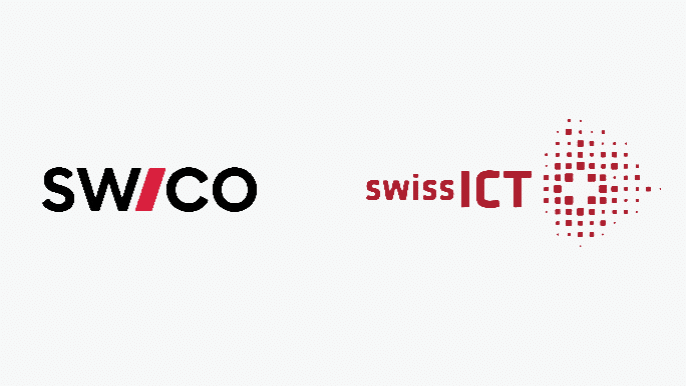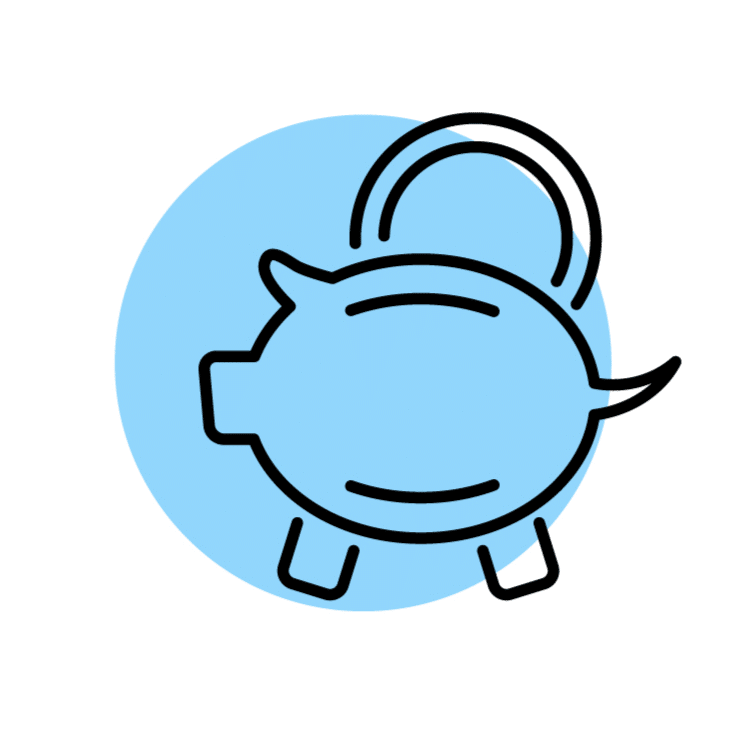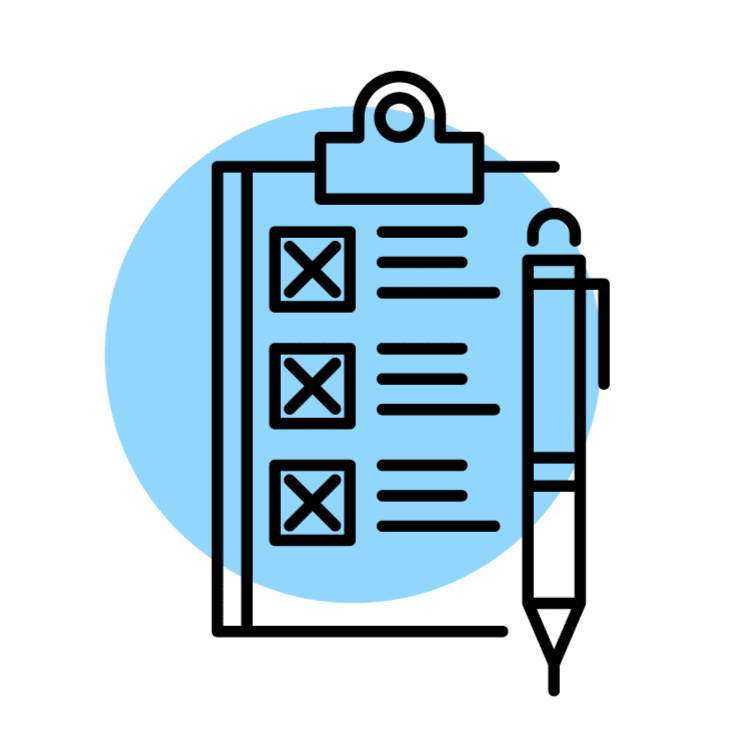- Our templates
-
-
-
- Your access to over 230 smart templates
-
-
-
-
-
For the optimal preparation of sustainable business relationships
For secure and successful relationships with customers and suppliers
Ensure compliance of your web footprint with privacy regulations
Keep a record of transactions and deals in shares
Everything about loans and securities
Industry-standard for the IT industry exclusively on Approovd
Up-to-date and secure templates for a wide range of HR matters
Organize and document your shareholders' meetings
Document the elections and decisions of your board of directors
The most important documents for construction and management of real estate
For the management of limited liability companies
Ideal to get to know our platform in a non-binding way
-
-
-
- Pricing
- Support
- Sign in
- Deutsch
- Français
Master Contract for Cloud Services - Software as a Service (SaaS Master Agreement)
Key points and template

- Swiss-wide recognized, industry-standard contractual provisions – compiled and reviewed by business associations Swico and swissICT
- Possibility to upload the specifically agreed services and prices as an annex
… you are making your cloud-based software available to your customer over the internet
… you as a customer need cloud-based services for your business that you can flexibly access and scale
… you need a fair and industry-established contractual framework to govern your relationship
This contract sets out the contractual framework between the provider and the customer whereas the specific services and remuneration are defined in the annex.
Software as a Service (SaaS) is a typical sort of cloud computing (SaaS). Due to the diversity of available cloud services, it is in the mutual interest of the contractual partners that the services owed in each case are precisely described in the corresponding contract. Under the Software as a Service (SaaS) contract, software (functionality) is made available for a limited time via the Internet. It is the most popular and oldest offer among the XaaS services. The provider is the owner and holder of the rights to the SaaS software or is authorized to operate the SaaS software in the cloud. He offers the SaaS software together with the basic software necessary for its operation for use by the customer via a data network. The client’s use of the SaaS software is via remote access with mobile or fixed-end devices of the client. The SaaS software is not installed on the client’s (end) devices.
This last aspect differentiates the SaaS agreement from a software license agreement. Contrary to a licensing deal, the customer does not put software on a computer — or copy it at all. If the customer puts a copy on a computer — if it’s on-premise software — the contract needs to include a copyright license. In a SaaS deal, the software is hosted on the provider’s servers (or those of their hosting providers, and the customer just accesses it. With no copies, the customer doesn’t need a copyright license. Rather, they need simple permission or access, which they pay for as a subscription. In other words, the customer gets a service, not software.
Also, SaaS agreements seldom contain maintenance clauses. Rather, they need service levels to be agreed upon (typically in a Service Level Agreement). The provider hosts the software and must keep the system running. Consequently, SaaS agreements don’t need updates and upgrade clauses. Since the provider hosts the software, it provides any revisions as a matter of course.
Compared to an IaaS agreement, which only covers the provision of the IT infrastructure (servers, networks, data storage), the SaaS agreement governs the provision of the software respectively the ready-made application (which also includes the IaaS services).
In practice, the SaaS agreement often contains or refers to other documents (price lists, specifications, offers, etc.) or agreements. For example, the processing of the customer’s data by the provider is usually covered in a data processing agreement.
This might also interest you
Privacy Policy
Annex to Contract for Cloud Services – Software as a Service (SaaS)
General Terms and Conditions for Online Shop
Create smart contracts from today
Discover our contract library with over 230 intelligent templates in German, English and French



